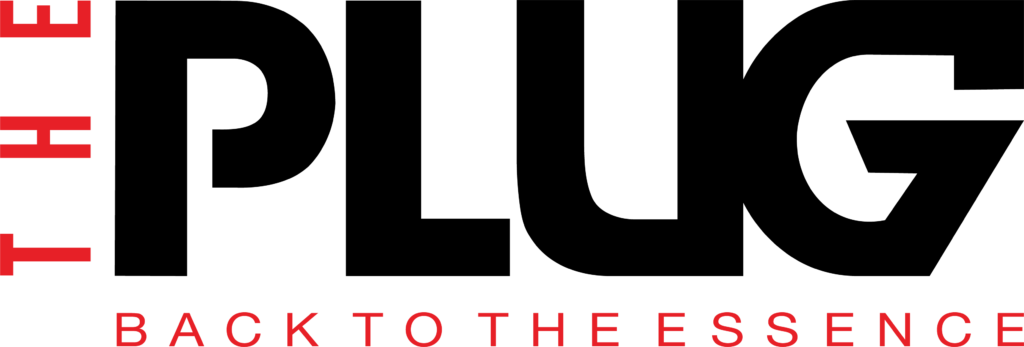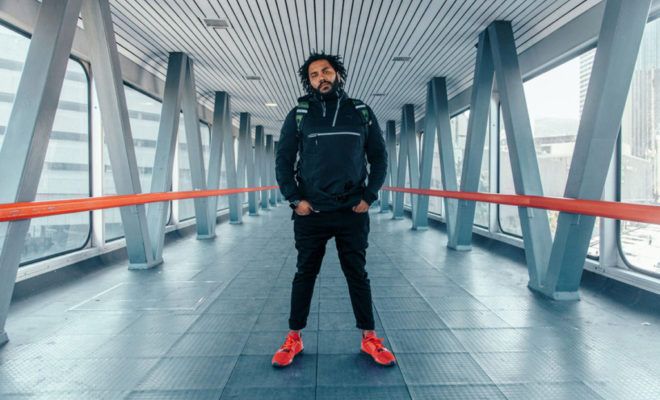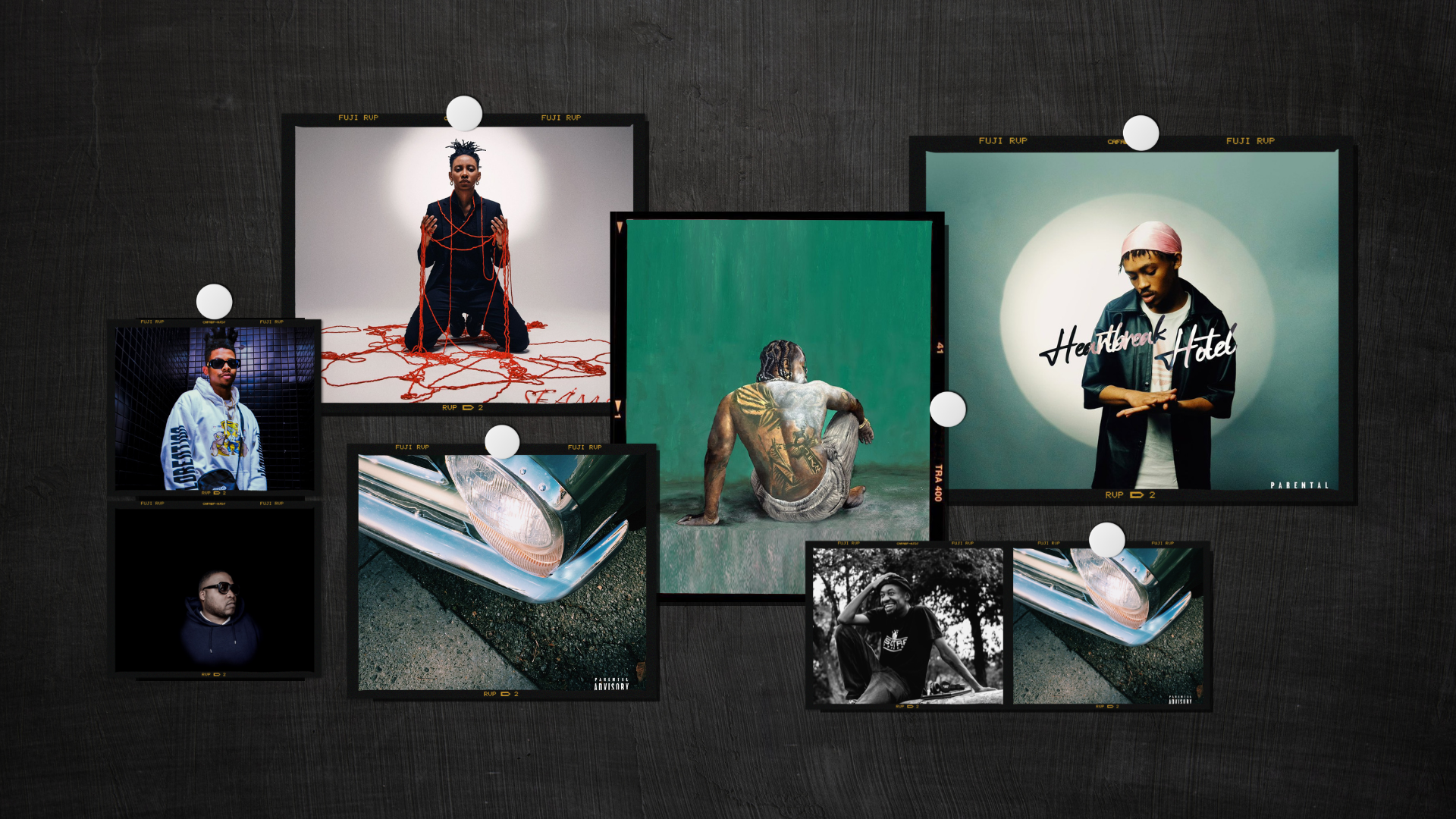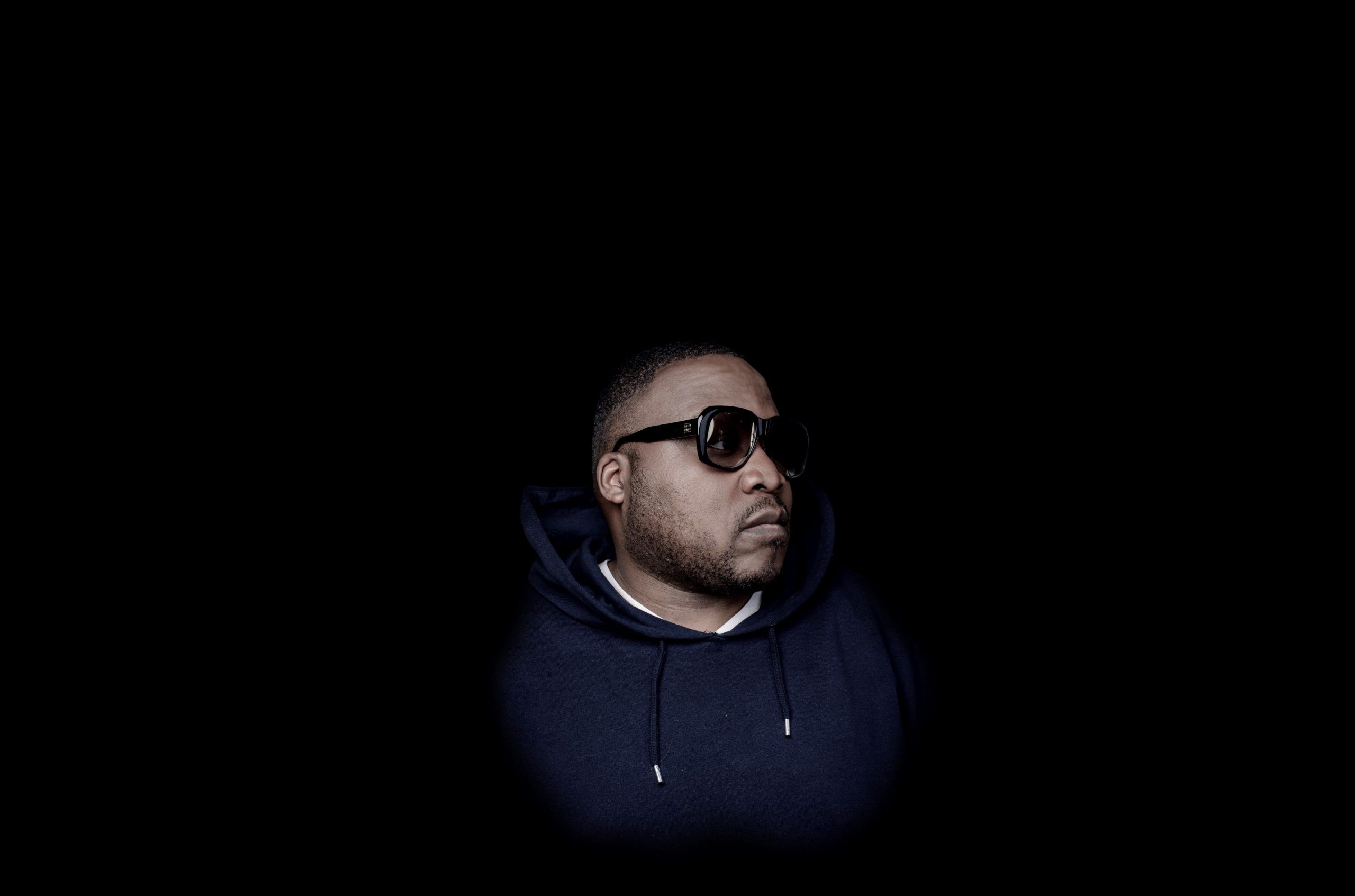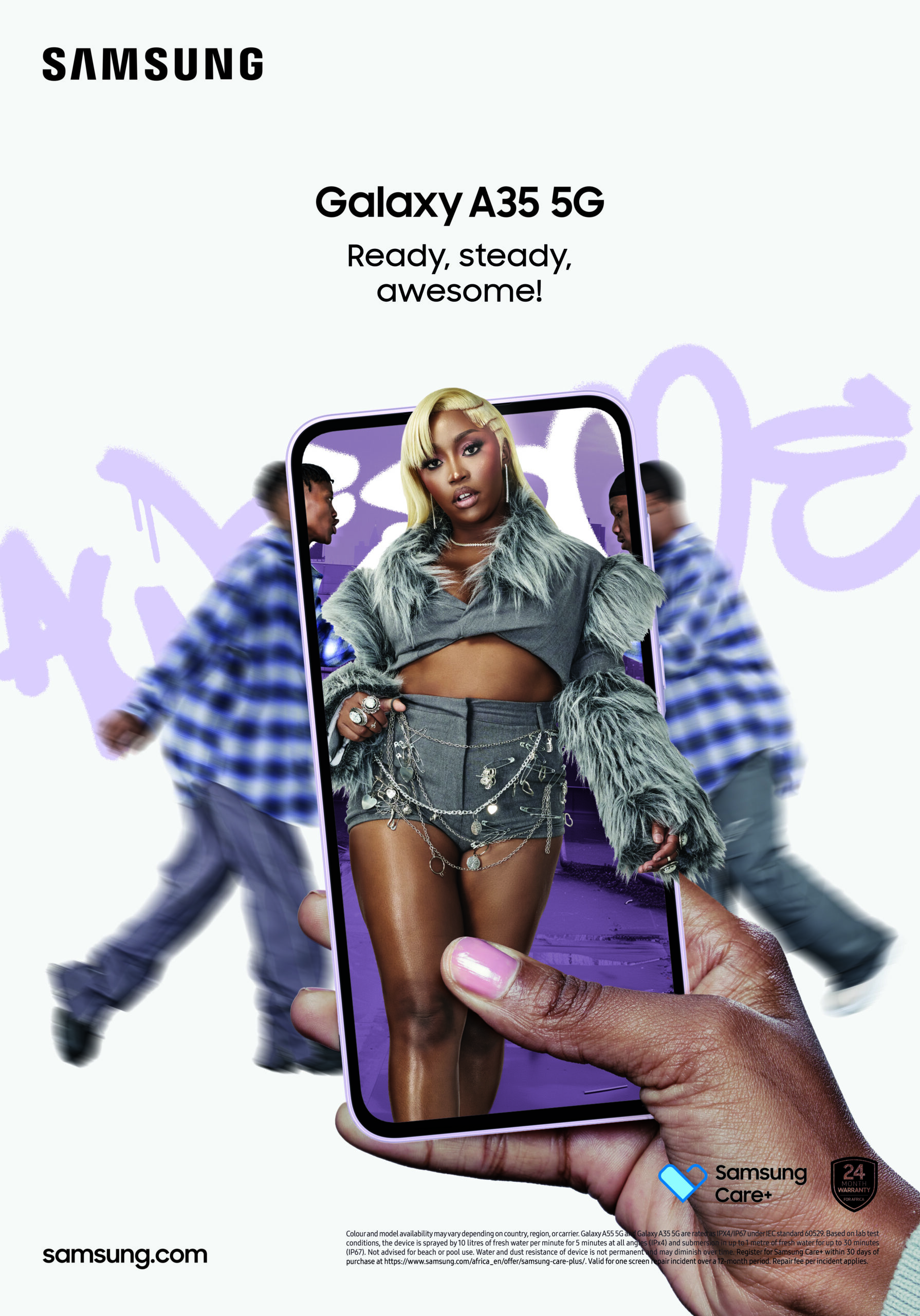Words by Jade Leaf
It’s no secret that the face of advertising is changing in South Africa; goodbye TVC’s and hello high production value content that can live online. Brands have to ask themselves the question, “Who am I talking to and what are they most receptive to?”
In South Africa specifically, over 66% of the country is under the age of 35 which means that our youth is literally the consumer of the future. Young South Africans are the most profitable target market and while it’s about getting young people to buy into your brand, it’s also about being able to stay relevant in an ever-changing landscape. In the last 5 years, we’ve seen brands gravitate towards local urban culture; realising the importance of hip hop in the lives of their consumer.
A large number of global brands have continued to use their international communications for emerging markets like South Africa, with little to no focus on producing localised content. And in response to this, their audience has noticeably started rejecting or blocking out messaging that isn’t relatable. Instead, they’ve turned their interest to content that resonates with them and their everyday life whether it’s on YouTube, social media or TV.
Advertising agencies have the responsibility to not only provide representation from concept stage right through to execution, they also have to show an understanding of the culture at large when looking to hip hop as the language of communication. If they get this completely wrong, they run the risk of creating a campaign that’s seen as opportunistic but if they get it right, their brand will reap the benefits of being known as a contributor to this space.
In an interview with Complex Magazine, Larry Weintraub, The Marketing Arm’s Chief Innovation Officer and President of Music said that, “There isn’t a pitch that you go into, especially if you’re trying to reach young people, where you’re not talking about how important music is”. It’s a point that has stuck with me ever since I’ve read it and the same can be said for hip hop in the lives of young South Africans.
Here’s a look at (in my opinion) some of the top 5 content pieces that turned to hip hop by way of collaboration and storytelling that fostered great creative work over the last year.
5) Grant’s Whisky – Raise the Bar
Alcohol brands are no strangers to hip hop culture. For their Raise the Bar campaign, Grant’s Whisky gave a nod to exceptional individuals who are climbing the ladder in their respective disciplines. One of three content stories featured rapper Reason, who speaks about trials and tribulations on his journey to success. Grant’s beautifully shot visual gives us insight into a key industry player’s life and sheds a light on the introspective side of hip hop.
4) PUMA – We Run the Streets
This year saw the start of PUMA’s global Run the Streets campaign featuring The Weeknd and the local version featuring rappers Gigi Lamayne and Nasty C, digital maskandi artist Mashayabhuqe, singer Nonku Phiri and streetwear aficionado Rolo Rozay. The most exciting thing about this piece of film is that it was a big investment into the local market from PUMA, signaling that the German brand is here and ready to shake the game up. Although the narrative isn’t completely new, the energy behind this is palpable and Paul Ward’s direction and Stogie T’s voiceover combined with Sibot’s beats makes this all the more memorable.
3) Volkswagen – 011 Beats
Shortlisted in the entertainment category for the Cannes Lions Awards this year, Volkswagen challenged Kwesta and music producer Dabone to find the “011 Beats”. The pair spent the night driving around in the VW Polo Beats using geo-location tech to find the sounds of the city. The interactive aspect of this campaign is impressive; VW live streamed their all-nighter and fans could help Kwesta with the lyrics on social media while Dabone used the car as a recording studio. 011 Beats is a prime example of collaboration between brand, artist and audience that just works. Kyle Lewis shows off dreamy night shots of the city spread across the 4 minute video.
https://www.youtube.com/watch?v=Zb6JPgct4Rw
2) Sanlam – Mr Madumane
Last year July, Sanlam asked the question, “What if we saved as conspicuously as we spent?” Hip hop superstar Cassper Nyovest and actress and TV personality Pearl Thusi, who were the main focus for the campaign, were challenged to save money wherever they could. The financial services provider teamed up with Cassper to create the music video for Mr Madumane (Big Spendah) that used the messaging that money doesn’t define you, you define yourself. Filled with ironic representations of wealth and status using recyclable items and materials, the art direction is superb. The unlikely pairing of Sanlam and Cassper to use music to encourage South Africans to save money is a stroke of genius and clearly produced a set of visuals that will be references for the future.
1) Absolut Vodka – One Source
Dare I call this the greatest local brand partnership of all time? The entire project, called “One Source”, followed Motswako heavyweight Khuli Chana and other African artists as they came together to create an E.P and a music video. The concept for the video is that “Africa is a source of life” and there’s visual cues that speak of an Africa rooted in heritage but looking to set the future on fire. It breaks the mould for African branded content and re-iterates how it can create meaningful connections and experiences that an audience can’t help but fall in love with. It’s no wonder that at this year’s Cannes Lions, the director of One Source – Sunu Gonera, took home a Gold, two Silvers and a Bronze award. Set in Ghana, Absolut used it’s global platform to showcase the power of African content with a South African hip hop icon sitting at the centre of it all.
The above mentioned work serve as talking points for an ongoing conversation; If you’re a youth culture brand that wants to collaborate with a hip hop artist is the work going to be memorable? If you’re a brand working in the South African landscape, there’s an opportunity to rethink local content creation, and if you’re an advertising agency, there’s a need for creative work guided by real insights that are going to shape cultural moments in hip hop (and music in general) that people will never forget.


